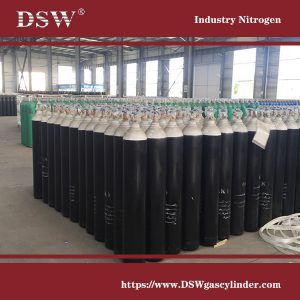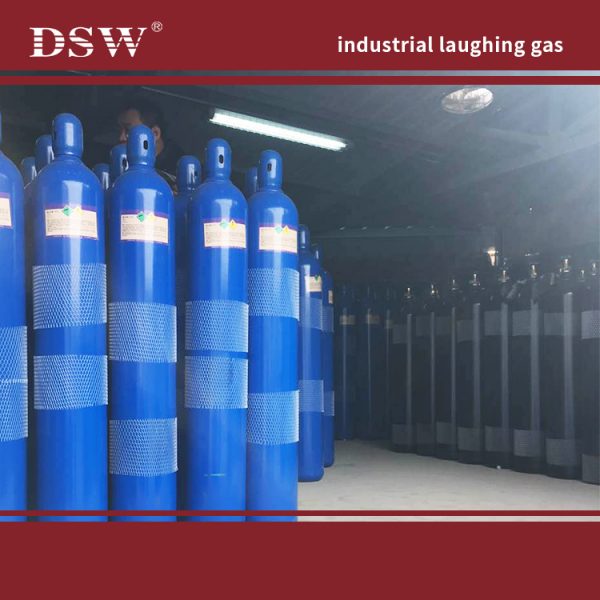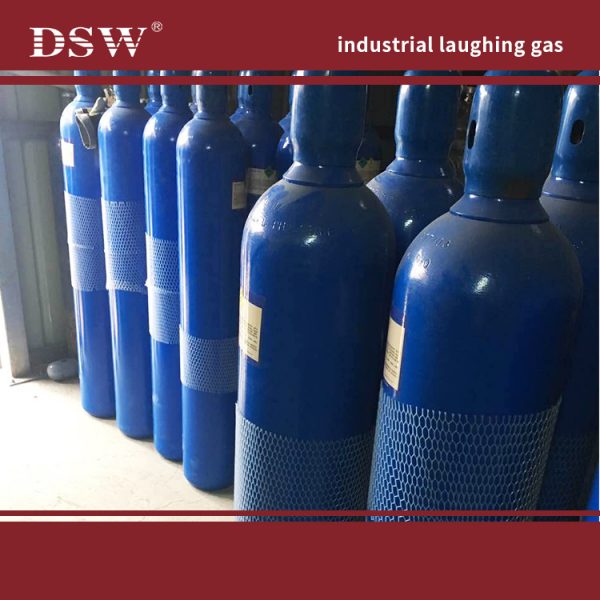Medical grade nitrous oxide
Medical grade nitrous oxide can lower the mental consciousness of patients. This helps them tolerate pain and longer surgical processes.
Nitrous oxide is a clear, colorless, slightly sweet-smelling, non-irritating gas used as a sedative and analgesic and supplied in blue (ultramarine) cylinders as determined by AS4484.
Commonly referred to as laughing gas, nitrous oxide is used in surgery and dentistry for its pain-blocking and reducing effects.
Medical nitrous oxide is used in adults and children for:
General anesthesia – usually as an adjuvant to other volatile or intravenous anesthetics
Pain relief – employed with oxygen for analgesia in moderately painful procedures, such as dentistry, obstetrics, and fractures
Conscious sedation is an effective and safe technique for reducing stress in the apprehensive or anxious individual.
Nitrous Oxide will support combustion and can detonate at temperatures over 650° C (1202° F).
Over 80 percent of the Nitrous Oxide market is used as an analgesic property in the medicine/dentist industry.

Nitrous Oxide Cylinder sizes
| Product packaging | ||
| size | 10L | 40L |
| Outside Diameter | 140/152/159 mm | 219mm |
| Height | 950/890/790mm | 1333mm |
| Weight | 13.4/12.6/12.7 KGS | 48 KGS |
| Working pressure | 150BAR | 150BAR |
| Test pressure | 250BAR | 250BAR |
| Material | 37Mn | 37Mn |
| Wall thickness | 4.1/4.4/4.4 mm | 5.7MM |
| Standard | ISO9809-3 | ISO9809-3 |
| Filling weight( N2O) | 5 KGS | 20/24 KGS |
medical grade laughing gas

What is laughing gas?
Nitrous oxide (dinitrogen oxide or dinitrogen monoxide), commonly known as laughing gas, nitrous, nitro, or nos, is a chemical compound, an oxide of nitrogen with the formula N2O.
At room temperature, it is a colorless, non-flammable gas, and has a slightly sweet scent and taste. At elevated temperatures, nitrous oxide is a powerful oxidizer similar to molecular oxygen.

Cylinder sizes are available in 1.5L, 3.0L, 10L, 25L, 35L, and 50L as measured by nominal water capacity.
Purity 99.9% NO Nitric Oxide Gas Medical Grade With Colorless Appearance
CAS No.: 10102-43-9
EINECS No.: 233-271-0
UN No.: UN1660
Purity: 99.9%
Dot Class: 2.3
Appearance: Colorless
Grade Standard: Medical Grade
Nitric oxide dosing information
Usual Pediatric Dose for Respiratory Failure:
Recommended dose: 20 ppm
Duration of therapy: 14 days or until the underlying oxygen desaturation has resolved
Weaning off: Down-titrate in several steps, pausing several hours at each stage to monitor for hypoxemia
Comments:
-Doses above 20 ppm are not recommended
-Avoid abrupt discontinuation
Use(s): To improve oxygenation and reduce the need for extracorporeal membrane oxygenation in term and near term (over 34 weeks gestation)
neonates with hypoxic respiratory failure associated with clinical or echocardiographic evidence of pulmonary hypertension in conjunction with ventilatory support and other appropriate agents













